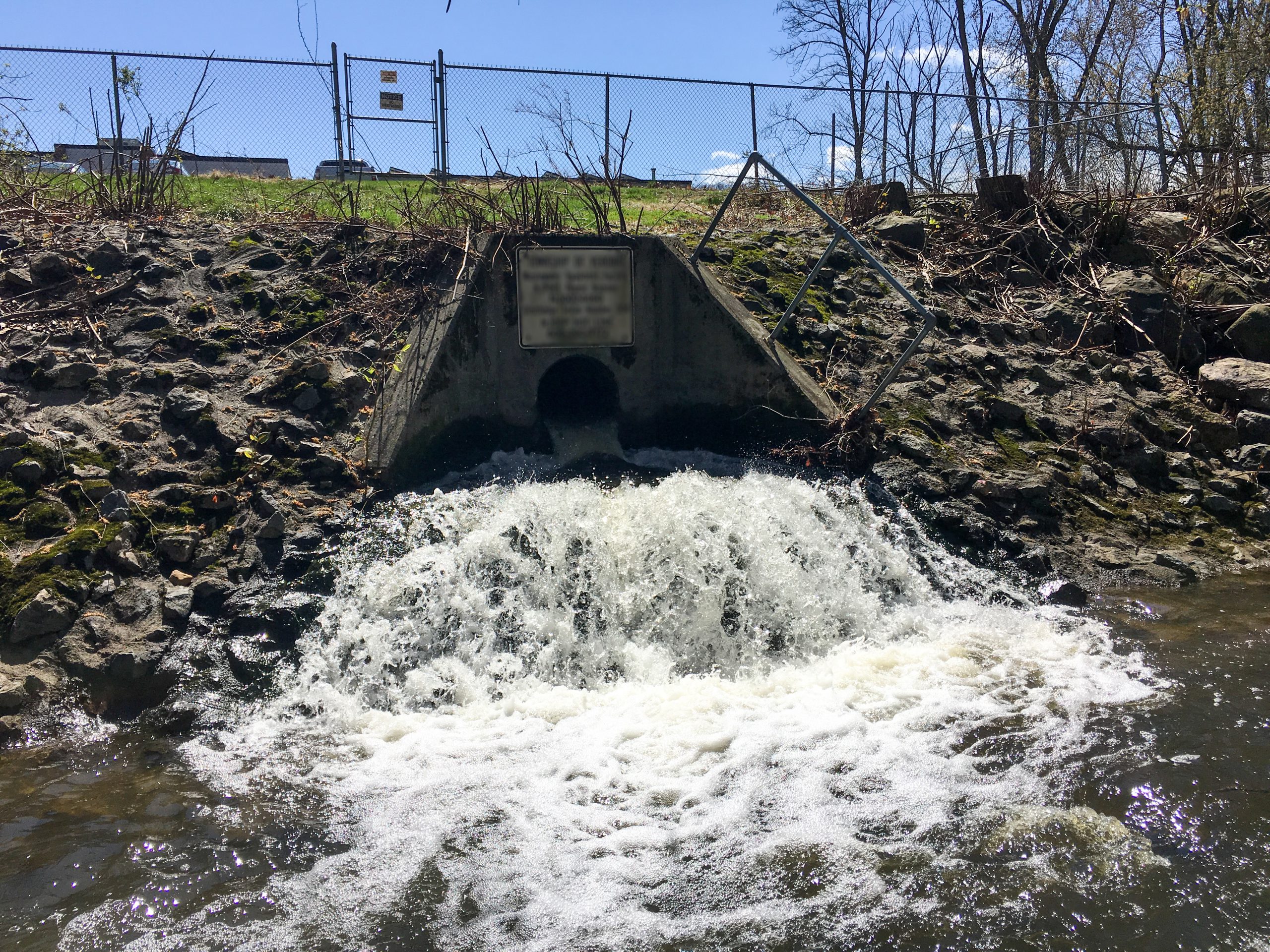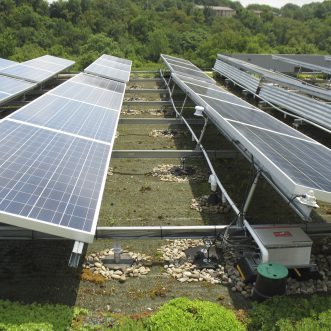On November 30, 2020, a workgroup within the United States Environmental Protection Agency (U.S. EPA) released information about a memorandum to the U.S. EPA Regional Administrators summarizing an interim strategy for Per- and Polyfluoroalkyl Substances (PFAS) for sites with federally issued National Pollutant Discharge Elimination System (NPDES) permits. The interim strategy was developed to address point source discharges of PFAS while the Clean Water Act (CWA) framework for potentially regulating PFAS discharges under the NPDES program is under development. The memorandum contains three recommendations summarized below.
Include permit requirements for phased-in monitoring and best management practices, as appropriate, taking into consideration when PFAS are expected to be present in point source water discharges
The memorandum recommends that NPDES permit writers incorporate requirements for PFAS at facilities where PFAS are expected to be present in point source discharges. The PFAS for monitoring should be those that will be part of the proposed U.S. EPA’s multi-lab validated wastewater analytical method. This recommendation is consistent with the U.S. EPA’s 2010 NPDES Permit Writers Manual, Section 6.2.1.5. A phased approach for incorporating PFAS monitoring is provided so that requirements are triggered at a time after the U.S. EPA’s multi-lab validated methods are available to the public in 2021.

Include permit requirements for phase-in monitoring and stormwater pollutant control, as appropriate, taking into consideration when PFAS are expected to be present in stormwater discharge.
Pollution control measures are recommended in municipal separate storm sewer systems (MS4) and industrial stormwater systems when PFAS are expected to be present in stormwater discharges. A phased approach is recommended to incorporating these requirements when the U.S. EPA’s multi-lab validated methods are available to the public in 2021. For MS4 systems, methods to reduce pollutants through public education and outreach, illicit discharge detection and elimination, construction site stormwater runoff control and pollution prevention measures should be extended to include PFAS. For industrial stormwater, existing means of control (stormwater pollution prevention plans [SWPPPs]) should be extended to cover potential PFAS discharges in stormwater.
Information sharing on permitting practices and the development of a permitting compendium, an information sharing platform, and continuation of the workgroup.
The NPDES promotes permitting compendia, which provide examples of different permitting approaches to share information. A compendium for PFAS is planned for the third quarter of 2021 and would be prepared based on evaluations conducted to date. In addition, the establishment of a mechanism for information sharing utilizing the U.S. EPA NPDES Permit Writer’s Clearinghouse is anticipated in June 2021. Lastly, the workgroup that prepared these recommendations will continue to provide additional insights from key stakeholders at the U.S. EPA regional and state levels.
CEC is closely monitoring developments regarding PFAS. If you have other questions related to PFAS regulations throughout the U.S., please contact Steve Maxwell at smaxwell@cecinc.com or at (888) 267-7891.



Post a Comment